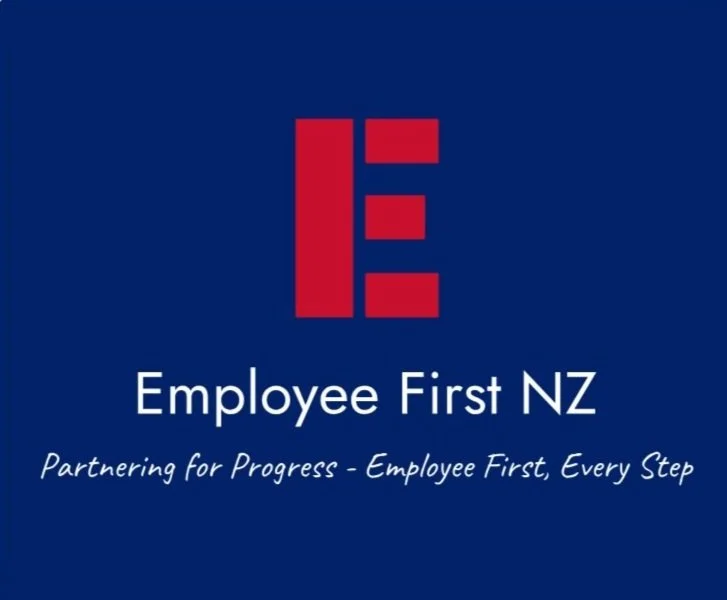Impact Statement: The Employment Relations Amendment Bill 2025
Enhancing Flexibility and Certainty for Contracting Parties
The Bill redefines the classification of workers by excluding “specified contractors” from the employee category under the Employment Relations Act 2000. This change, based on a written agreement designating independent contractor status and conditions such as the freedom to work for others, seeks to provide greater certainty for businesses and workers in flexible roles. This echoes the gig economy trends in the United Kingdom and Australia, where independent contractor status is widespread. However, the UK’s 2021 Employment Rights Bill has drawn criticism for inadequate protections against misclassification, a concern shared by New Zealand unions who worry that workers—perhaps a delivery driver or freelance designer—might lose essential benefits like sick leave or holiday pay. The Bill’s provision for a reasonable opportunity to seek advice before signing contracts offers some reassurance, potentially easing the transition for those stepping into these roles.
For employees, this shift could mean a loss of stability. Imagine a single parent working as a contractor, suddenly without paid leave to care for a sick child. This reclassification, common in sectors like construction and IT, might leave low-income workers feeling more vulnerable, increasing the prevalence of precarious employment and adding stress to their daily lives.
Strengthening Accountability in Personal Grievances
A key reform enhances accountability for employee behaviour in the personal grievance process. The Bill removes remedies for those whose actions constitute serious misconduct and limits reinstatement or compensation where employees contribute to the grievance situation, with up to 100% remedy reductions possible. This aligns with Australia’s Fair Work Act 2009, where conduct heavily influences outcomes, though Canada’s Canada Labour Code maintains a higher threshold for denying remedies. In New Zealand, unions fear this might silence workers—like a young employee hesitant to report harassment—while employers see it as a fair deterrent to poor behaviour.
This change could weigh heavily on employees, who might feel pressured to stay silent to avoid blame. Over time, a junior staff member might internalise this caution, leading to a workplace where open dialogue fades, and unresolved tensions simmer beneath the surface.
Introducing a Wages and Salary Threshold
The introduction of a $180,000 annual threshold, above which unjustified dismissal grievances cannot be pursued, mirrors Australia’s high-income threshold (currently AUD 175,000, adjusted annually). With a 12-month transitional period for existing employees, it aims to offer flexibility for employers hiring senior executives. Yet, in Australia, high earners often turn to alternative claims like discrimination, a trend that could emerge in New Zealand too. Union submissions highlight concerns about disproportionate impacts on women and minority groups, a critique also noted in Canada’s income-based exemptions.
For an employee earning over $180,000—perhaps a marketing director—this could mean losing a safety net against unfair dismissal, leaving them to negotiate individual protections. Over time, this might widen the gap between high and low earners, creating a sense of insecurity even at the top levels of the workforce.
Revocation of the 30-Day Rule
The removal of the 30-day rule, which required new employees to align with collective agreement terms, reduces red tape and extends 90-day trial periods to all employers. This reflects the UK’s flexible trial provisions under the Employment Rights Act 1996, though the UK retains stronger collective bargaining. In New Zealand, businesses welcome the simplification, while unions worry it weakens new workers’ rights, a concern echoed in Canada’s deregulatory debates.
New employees, like a recent graduate starting a retail job, might feel exposed during the 90-day trial, lacking collective support. This could lead to exploitation in low-wage sectors and discourage union membership, eroding the sense of community that many rely on.
Impact on Employees and Potential Long-Term Implications
The Bill will touch the lives of many employees by altering their rights. Reclassification as contractors might strip away benefits like annual leave or redundancy pay, affecting 10-15% of the workforce in flexible roles—think of a tradesperson or IT freelancer struggling to plan for the future. The tougher grievance process might deter someone from challenging a toxic workplace, potentially harming their mental health as tensions build. The wages threshold, impacting about 5% of employees in managerial roles, could create a two-tier system where high earners feel unprotected.
Looking ahead, the erosion of collective bargaining power, as seen in the UK with a 20-30% union influence drop over a decade, might leave workers isolated. Australia’s casualisation trend, with a potential 15% rise in precarious jobs, could be a warning for New Zealand unless safeguards are strengthened. Income inequality may grow, placing extra burden on low-income families, necessitating future policy adjustments to restore balance.
Comparative Insights and Public Sentiment
Globally, the Bill aligns with employer-friendly shifts, like the UK’s post-Brexit adjustments and Australia’s casualisation debates, though Canada’s Quebec Psychological Harassment Act 2022 offers a protective counterpoint. In New Zealand, the Council of Trade Unions and Te Pāti Māori voice concerns for Māori, Pasifika, and migrant workers, while business groups like Bell Gully and Russell McVeagh praise the competitiveness boost. This divide suggests a challenging path forward, with the select committee process key to refining the Bill.
Conclusion
The Employment Relations Amendment Bill 2025 signals a new era for New Zealand employment law, prioritising flexibility and employer needs. While it draws from international examples, its success hinges on protecting vulnerable workers and addressing equity. As it moves forward, stakeholders must collaborate to ensure a fair system that supports employees—whether a contractor, new hire, or executive—amidst these changes.
